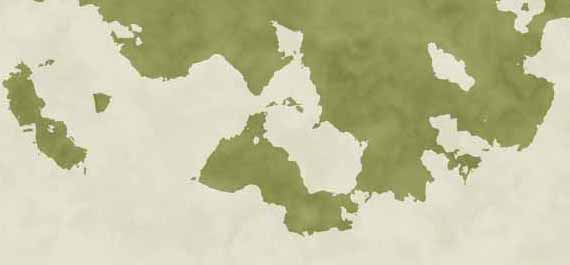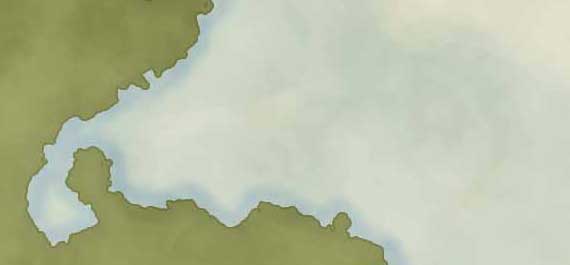Drawing maps is one of the worldbuilder’s key skills. In this guide you’ll learn how to draw a map for your imaginary world; whether you’re writing a novel, making a game or creating an NFT collection.
Contents
- Why do I need a map
- Basic skills and science for building a ‘realistic’ world.
- Learn to draw a stunning map using Photoshop
Why do I need a map?
Maps provide a solid, visual way to show people your world.
In the quick glance of a map your readers will have taken in more of your world than you could show them in a full chapter of your novel.
However, it only takes a few seconds for a map of your world to draw attention – there is less commitment for someone to view a piece of artwork than to read a story (even a short one). That’s why writers have the hardest job out of all of the artists – we have to work harder to get our fans.
Secondly, maps help people to navigate. How would you feel being thrown into outer Mongolia (assuming you don’t live there) with no iPhone, map or directions of any kind? Lost… confused… scared? So imagine how your reader feels when you throw them straight into your novel with no guiding map to help them find their bearings.
Be kind, give them a map.
Visit the Fantasy Map Market for tools, resources and map making guides.
Basic skills and science for drawing a “Realistic World”
The articles included in this part of the guide will teach you basic principles about how our world works and show you how to implement these principles into your own world. If your world doesn’t operate exactly the same way as our own then these articles can provide a good understanding to deviate from.
1, How to draw land
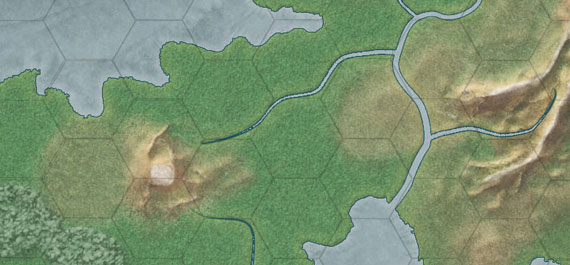
Knowing how to draw land is the first technique you’ll learn as part of the authors guide to drawing maps. It is simple yet critical skill that anyone who can pick up a pencil will be able to do.
Just as our real world requires dry land for land dwellers to live so too do our fantasy worlds. Though dry land is not something a fictional world must have, as films like Waterworld prove, for about 95% of the fantasy worlds out there dry land is a major component.
2, Adding tectonic plates to your world map
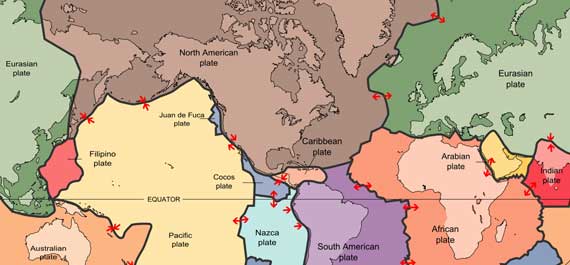
Tectonic Plates are sections of a planet’s lithosphere (the crust and mantle of a planet) that your world continent will then sit upon. They are what separate the land from the molten lava below.
In the second part of “The Authors Guide To Drawing Maps” you’ll be taught about tectonic plates, the different types of movement they can do and also how to add them to your world map.
3, Landscaping your world map

Continuing on from the previous article on tectonic plates you’ll learn how the plates affect the landscape of your world and so the environment your characters will see and experience.
By this point in the guide you will have the main islands of your world drawn along with the tectonic plates of your world and the directions that they move.
4, How prevailing winds and ocean currents create climates
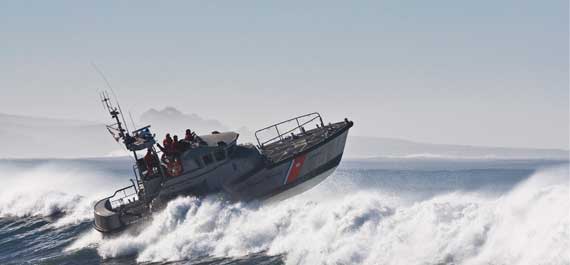
The worlds weather is driven by both the Earth’s rotation and the seasonal variation in solar energy that each hemisphere absorbs. However patterns do form in the weather and they will play an important role for your civilisations, characters lives and the stories you write.
In this part of the guide you will learn a very simple rule that when followed provides realistic prevailing winds and oceanic currents for your world.
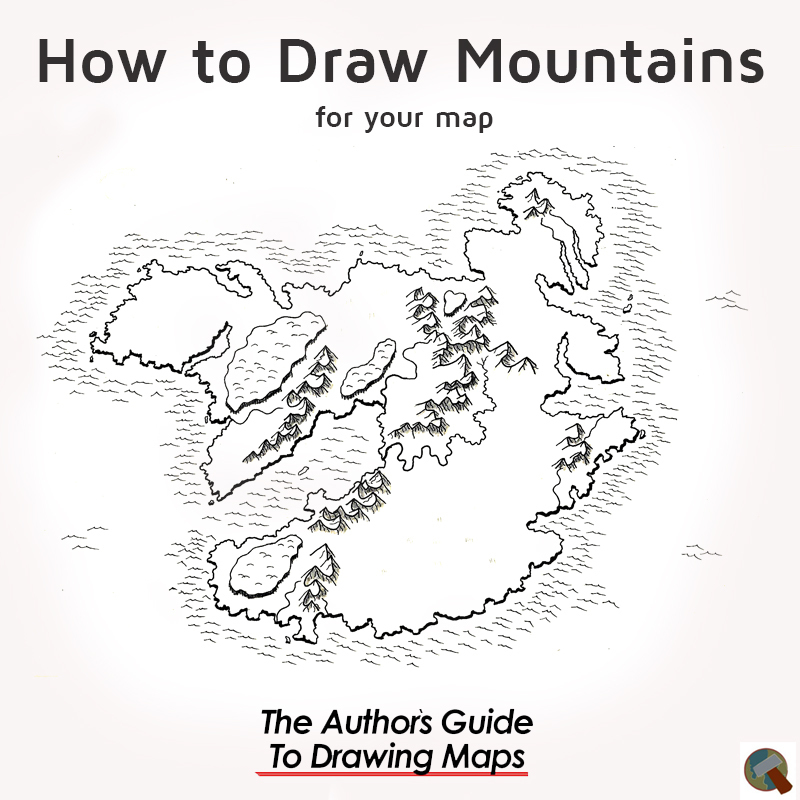
5, How to draw mountains for your map
As part of our planet’s ecosystem mountains influence weather conditions across global and regional climates.
In some cultures mountains are a symbol of the planet.
And there are many stories where an individual embarks on a pilgrimage up a sacred mountain on a spiritual quest.
Great battles are fought on, around and in the shadow of mountains. For example The Battle of Thermopylae was only possible for the Greeks because of the narrow pass at the foot of Mount Kallidromo.
Just imagine the stories you could create.
Learn to draw a stunning map using Photoshop
The article’s below will teach you how to draw a map in the same style as the one below:
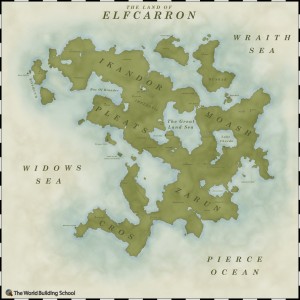
1, How to generate random terrain using Photoshop
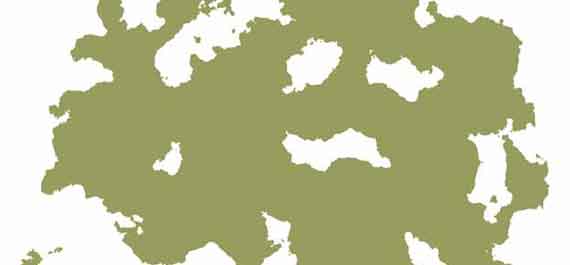
This is the first part of the tutorial and as the name suggests it focuses on a simple technique for randomly generating terrain in Photoshop. If you haven’t drawn the outline of your map by hand or you’d prefer to have a random terrain generated for you then this is a great tutorial to start with.
However, if you have the outline of your map already drawn and in Photoshop then you may want to move onto the 2nd article in this tutorial.
4, Finishing your map off with typography and a border
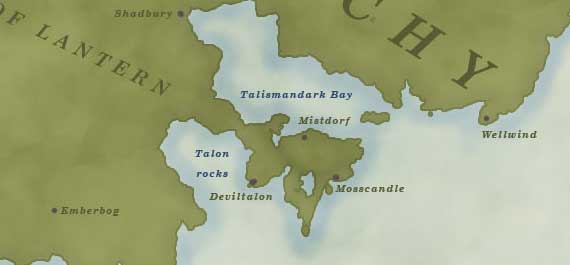
Finally no map is complete without the names of regions, cities and locations for your heroes to adventure in and your baddies to scheme over. By following this final part in the series you’ll learn the exact settings to use for the typography on your map. I’ll also teach you an effective way to add a border around the map.
